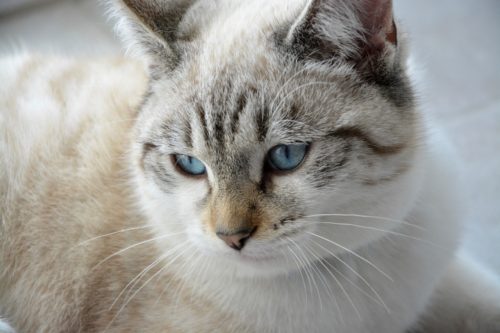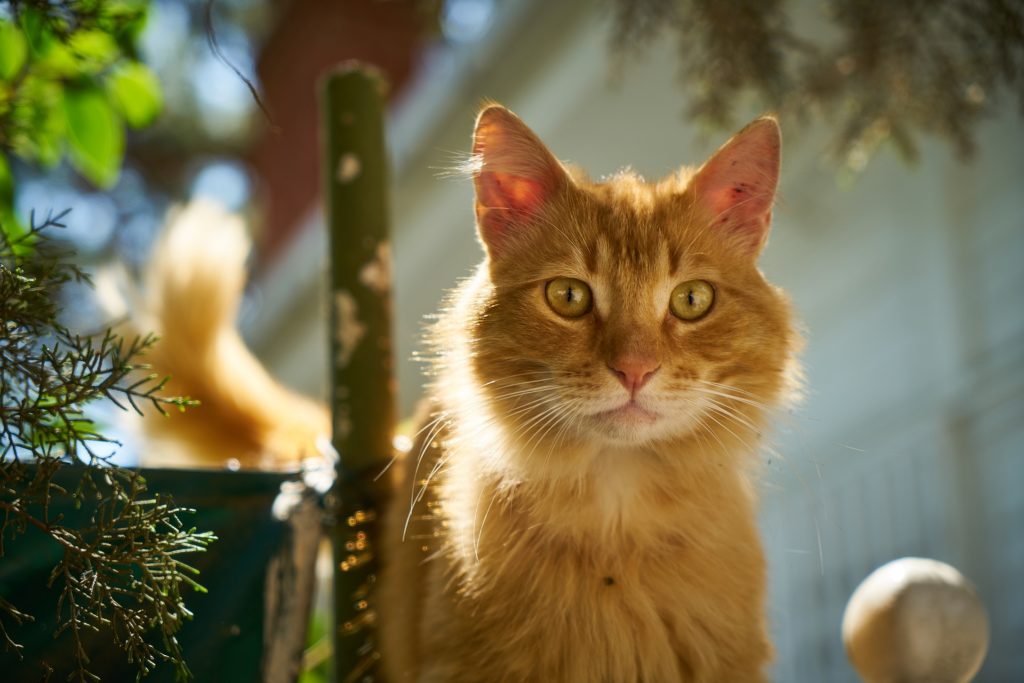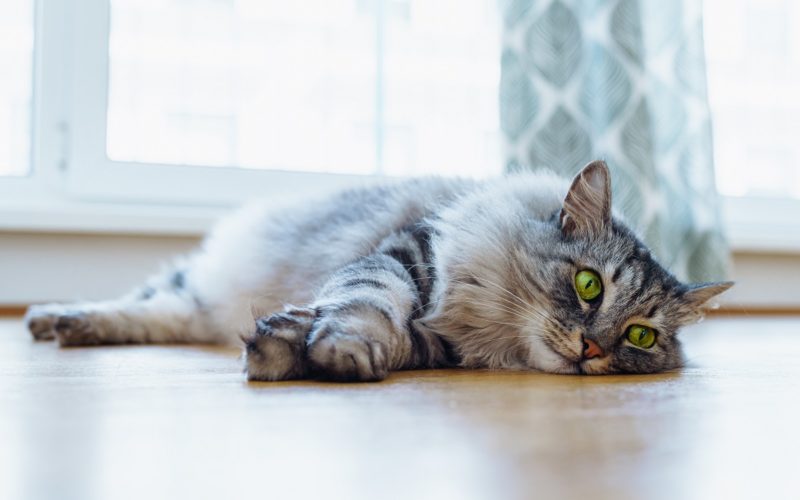A cat’s liver is as essential for survival and overall good health as his human companion’s. It is responsible for a plethora of tasks involving the absorption, storage, processing, and elimination of substances in the body, amongst many other important functions. So, keeping a good check on the liver condition of your cat is highly in your interest as a cat owner.
This article will give you an overall scope of the liver: function, malfunction, signs and symptoms of liver disease, and treatments for liver problems in cats.
Functions of the Liver
Besides being the largest internal organ, the liver is responsible for carrying out many tasks that keep the body functioning properly. Unlike the colon or the gallbladder, the body cannot function without a liver because of its crucial role in maintaining homeostasis.
The liver’s tasks include:
- Eliminating waste and toxins from the body
- Metabolizing proteins, fats, and carbohydrates
- Regulating metabolism/energy
- Supporting healthy digestion
- Storing essential vitamins/minerals
Types of Liver Disease in Cats

Liver disease is the result of a damaged liver, caused by bacteria, immune dysfunction, toxic waste, or other factors. Due to the high volume of nutrients, toxins, and waste processed daily by the liver, susceptibility to disease from these different sources is not uncommon.
Below are three commonly found liver diseases in cats:
Fatty Liver Disease (Hepatic Lipidosis)
Fatty Liver Disease deals with the body’s response to starvation and/or malnourishment. In humans, the body combats starvation by immediately sending reserves of fat to the liver to convert into lipoproteins for energy. This helps maintain a stable metabolism until food is consumed again.
When a cat is malnourished, however, his liver has trouble processing the reserve fats it receives from the body. The fats accumulate and eventually become swollen, turning yellow and causing what is known as jaundice – a yellowing of the eyes.
Cholangiohepatitis
This is a disease of the liver marked by an inflammation of the biliary system. The biliary system – which carries a greenish-brown fluid called bile – aids in the digestion of food. When the biliary system becomes inflamed, it is most commonly caused by bacterial infections and/or a dysfunction of a normal immune response that affects cells called lymphocytes.
In the case of cholangiohepatitis, bile does not flow properly and becomes stuck in the liver. The high acidity of bile causes irritation, swelling, and other damage in what is sometimes called a “stagnant liver.”
The bacterial infected biliary system can successfully be treated with antibiotics, but the immune-mediated inflammation must be treated with immunosuppressive drugs. Cholangiohepatitis is one of the most commonly seen liver diseases in cats.
Toxic Hepatopathy
This type of liver disease is caused by the ingestion of toxins in the cat’s body. Since the liver filters through toxins and waste daily, it is vulnerable to the negative effects of these chemicals. Excess amounts of iron, vitamin A, xylitol, naphthalene, and acetaminophen are a few examples of the many toxins that can be found in your cat’s body.
Signs and Symptoms of Liver Disease in Cats
Here are a few common symptoms that can help you identify liver disease in your cat.

- Jaundice: Yellowish coloring of the eyes, skin, and mucous membranes; caused by excessive bilirubin in the blood
- Melena: Dark tarry stools; contain partially digested blood due to internal bleeding
- Ascites: Abnormal accumulation of fluid in the abdomen due to high blood pressure
- Drooling
- Diarrhea
- Vomiting
- Weight loss
- Loss of appetite
- Lack of energy
- Dark-colored urine
Treatments for Cat Liver Disease
Incredibly, the liver can regenerate and heal itself back to health from even the nastiest of diseases. The downside of the liver’s heartiness is that it can be up to 70% impaired before it begins to show symptoms that it is malfunctioning. So, it is important to know how to deal with those symptoms once they show themselves.
Consult your veterinarian for the best advice on which treatments to use depending on the specific type of liver disease your cat has, and do not hesitate to take your cat in for a check-up.



